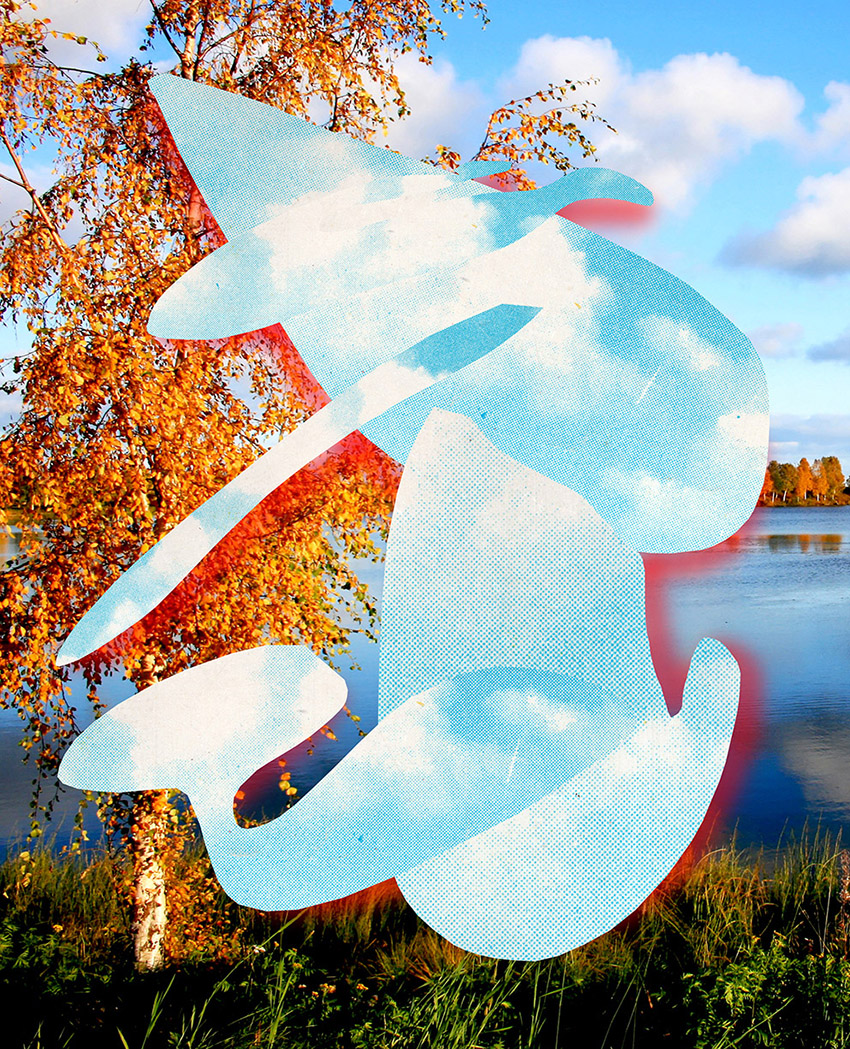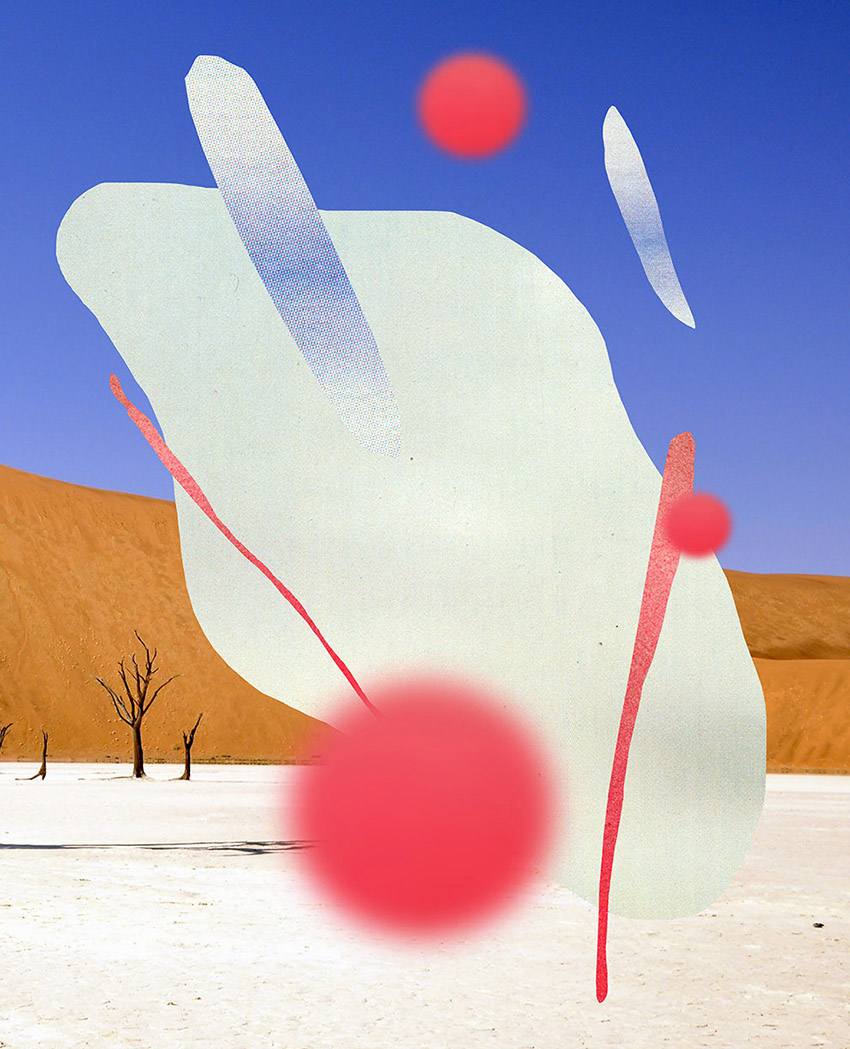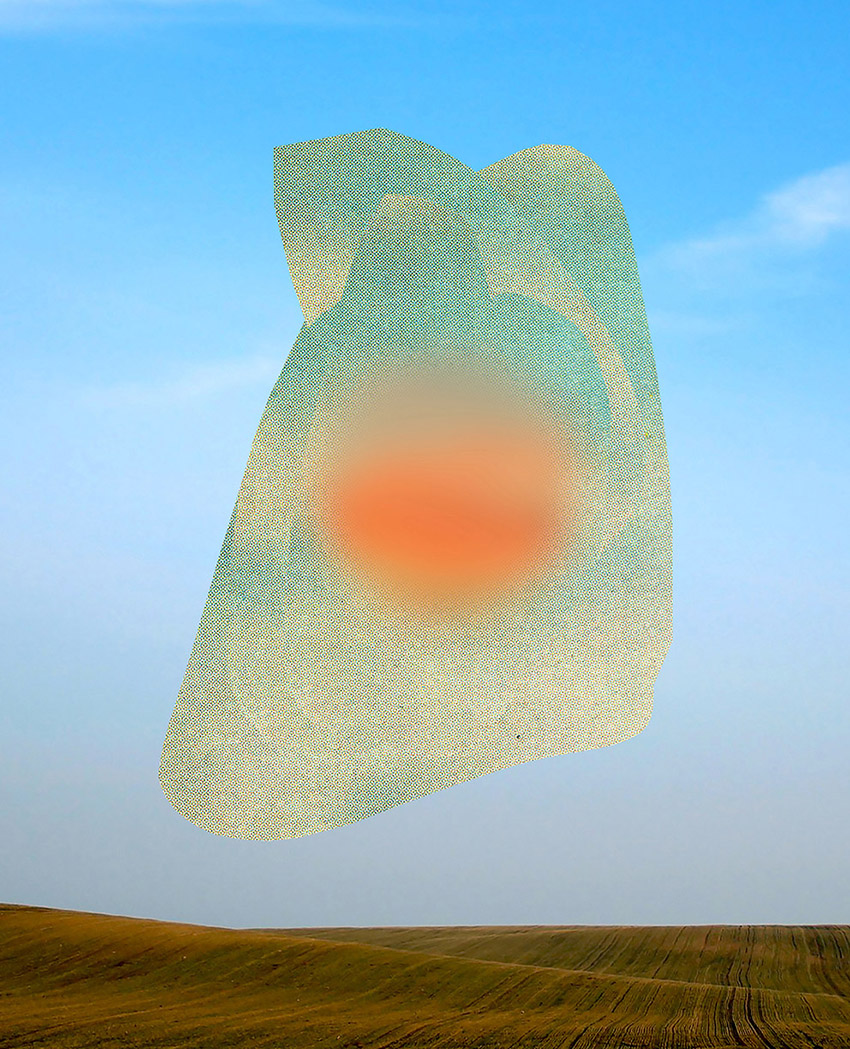2019_Landscapes Studies II
Since the beginning of our life we gravitate in an environment that will surround us from birth to death. Environment we often take for granted and if we can see it we don’t really look at it. Though immersed in nature, the way we perceive it shows cruel lack of concern and respect.
Pushing back our limits in science and restlessly investigating to discover foreign planets we seem more concerned about new environments than the one we live in. Like an urge to find new places of rest, knowing ours is dying.
The idea we seem to have of aliens - a possible outer space form of life that we know nothing about- is defined by our own conception of life, as if we were mentally incapable to relate to something not defined according to us. It makes sense then to conceive their environment with the same process of thoughts : An environment that differs from us, yet strangely reminds us of ours and exists in a way that we can comprehend. With shapes, forms, colors, in a material way we understand. Perceptible yet different. What strikes me with outer space images is how much colors differ.
Though none of these colors are unknown to us, we do not necessarily have them in our environment in the same proportions but we can perceive them and they seem familiar to our eyes.
With a chromatic palette wavering between faded vintage colorization, Yves Tanguy’s paintings and video games, this series of landscapes could illustrate either our post apocalyptique world or one we’re about to discover. The colors resonate with an idea of the future we have, bright and abstract at the same time. Pastel tones and faded textures suggest agressive gas emanations, or presence of new chemicals so far unknown.
What did Earth look like millions years ago, we can’t know for sure. We suspect things, again, according to our -limited- knowledge and our cartesian conception of the world. What will Earth look like in a million year, and will it still be « there »? Is our vision changing or is it the things around us?
If grass started shifting to a colder green, to extremely slowly one day start looking blue, could we with a naked eye notice this change? Or will it be normal for everybody that grass is blue by the time the color has changed? We perceive things around us and communicate with innate tools we rarely question.
We might as well all be color blind and have absolutely no idea of it. I say yellow and you see yellow and nod. Are we sure we are both seeing yellow?
How did we for the first time agreed to determine yellow? What if color blindness would apply to shapes, and give drastically different perspectives on constructions and landscapes? Would we here be questioning the authenticity of commun perception or tools of communication?
We spend most of our life nowadays behind a blue screen, staring at artificial colors.
What if when we suddenly look up even the most organic part of our world has merged into virtuality?
Maybe the switch has already operated without us noticing it.














